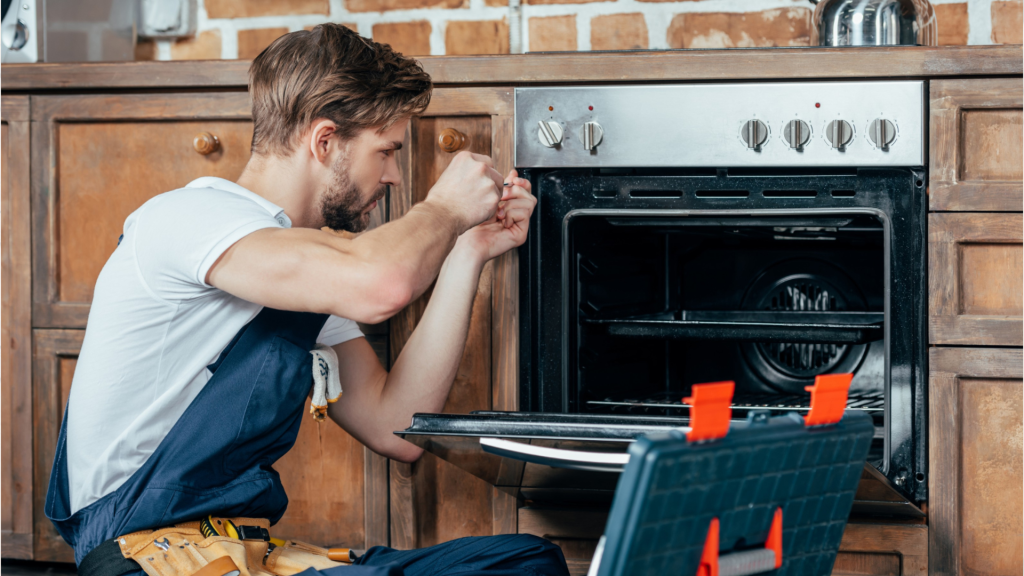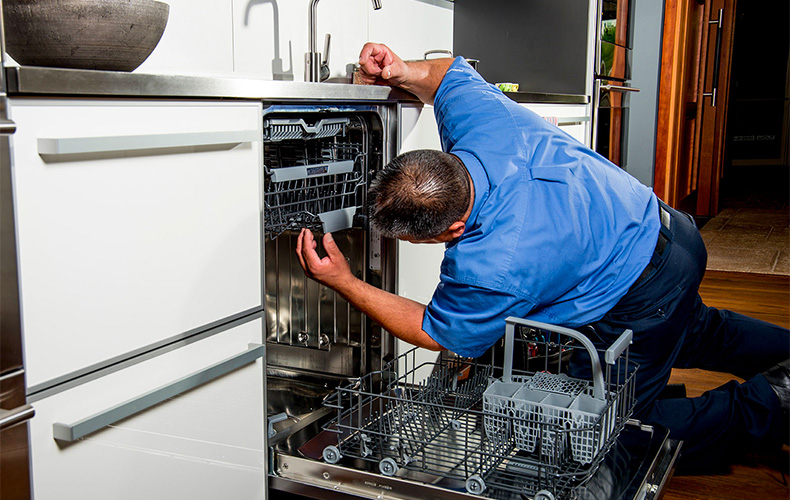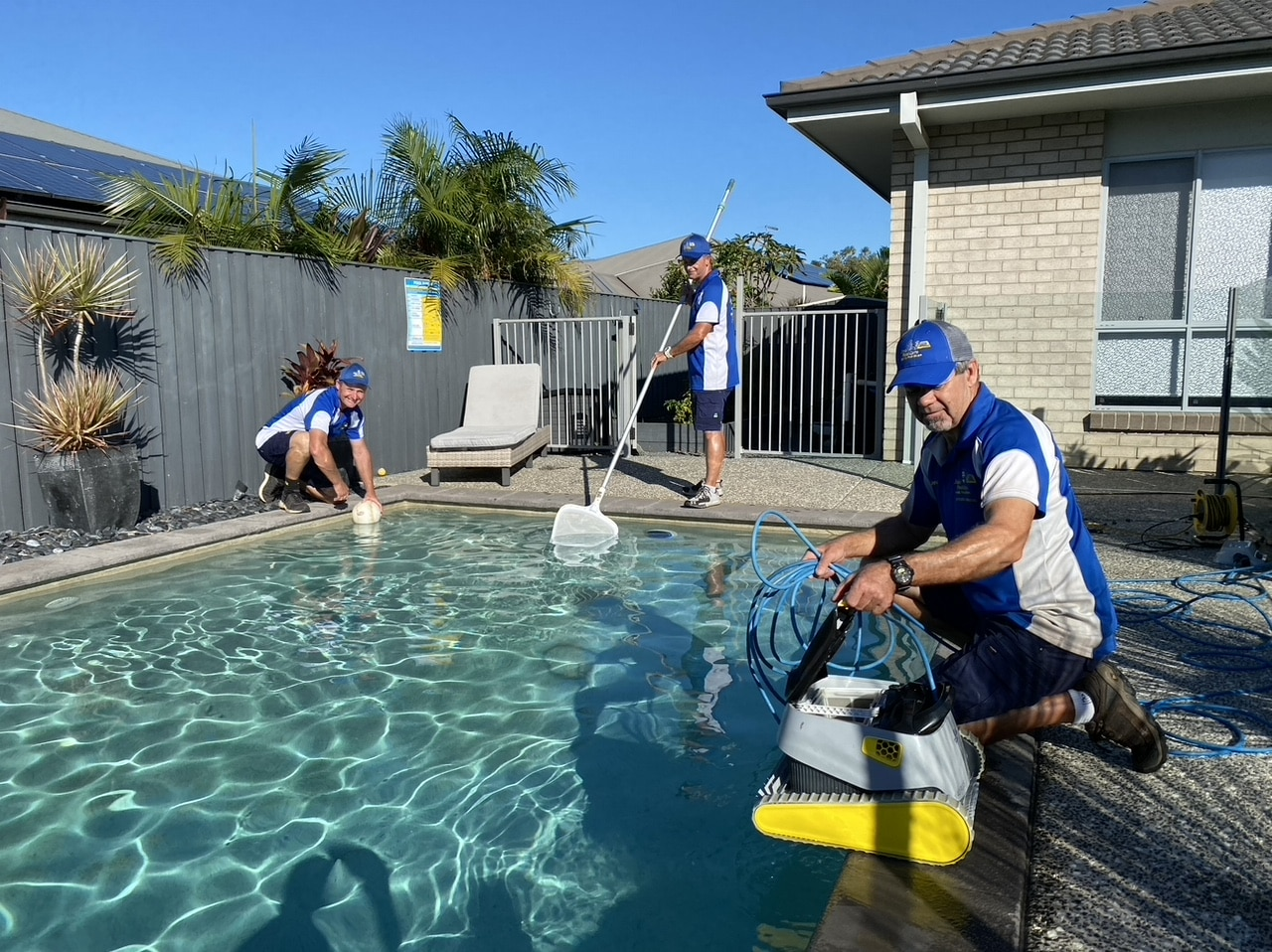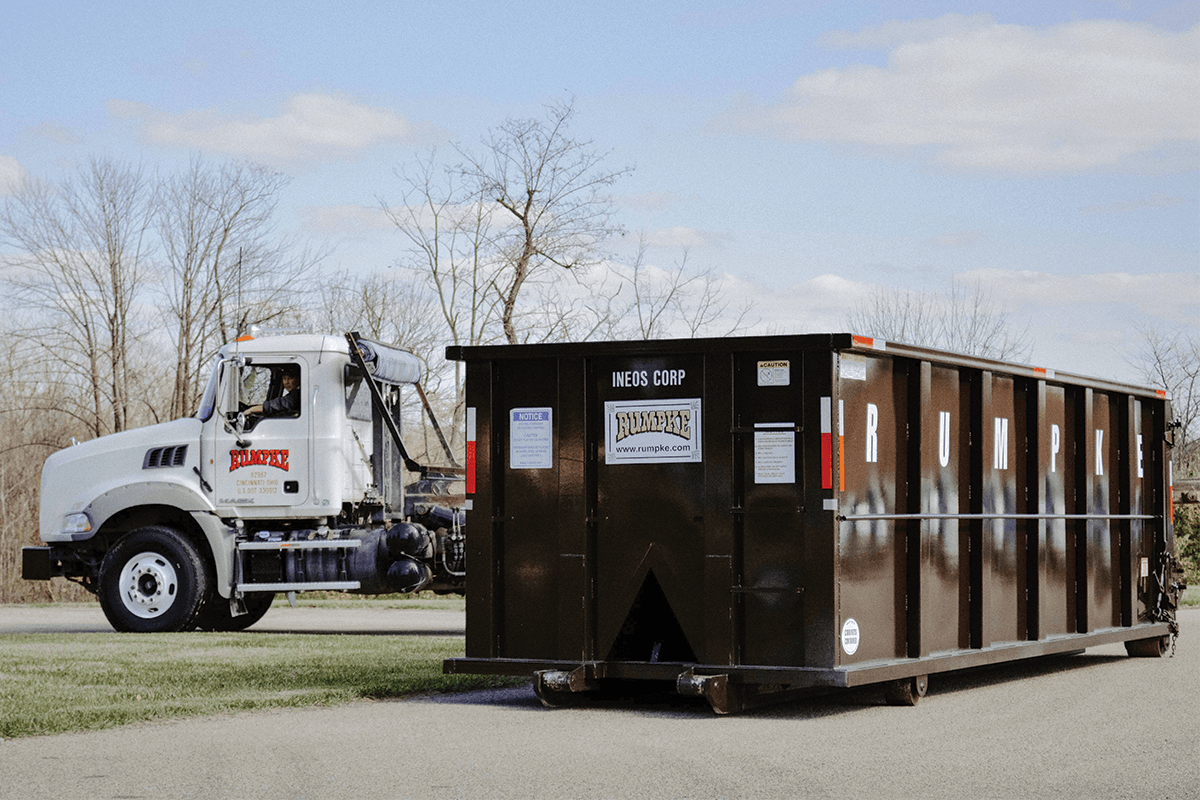When a major appliance stops working, many homeowners in the U.S. face a familiar dilemma: should I repair it … or replace it? The answer depends on understanding what repair services entail, how much they cost, and how to choose a reliable technician. Here’s a detailed look at appliance repair services, what you can typically expect to pay, and how to make a smart decision.

1. What Appliance Repair Services Cover
Appliance repair services involve sending a trained technician to your home to diagnose and fix a malfunctioning unit. Typical steps include:
- Inspecting the appliance to determine the issue (diagnostic fee often applied).
- Quoting the cost for parts + labor.
- Performing the repair: e.g., replacing a broken switch, motor, pump, gasket, or control board.
- In some cases, advising whether the repair is cost-effective vs. replacing the appliance altogether.
These services are available for kitchen and laundry appliances like refrigerators, washing machines, dishwashers, ovens, dryers and more.
2. Typical Repair Costs for Common Appliances
Here are representative cost ranges for U.S. appliance repair services, including parts and labor. These are averages, actual cost will vary by brand, model, location, and complexity.
- Refrigerator: The average repair runs around $300–$600, though it can range from about $200 up to $1,000 or more depending on the issue (such as compressor replacement).
- Washing Machine: National average about $125–$450, with many homeowners reporting around $180 for typical fixes.
- Dishwasher: Repairs often fall in the ballpark of $150–$300, with average around $200.
- General Appliance Repair (various small/medium units): Many repairs cost between $100–$400, with labor rates often in the $50-$125/hour range.
Use these benchmarks to gauge whether a quoted repair cost seems reasonable for your region.
3. When Should You Choose Repair vs Replacement?
A good rule of thumb is: if the repair cost approaches or exceeds 50% of the value of replacing the appliance (and your appliance is older or inefficient), it may make more sense to replace it. For example:
- If your washing machine is 10-12 years old and the repair estimate is $300, but a new unit would cost $700+, replacement might win.
- If the repair involves major components (e.g., compressor, sealed system) that are costly and the appliance is near the end of its expected life, lean toward replacement.
Keep in mind warranty status, energy efficiency gains from newer models, and the future likelihood of repeated problems.
4. How to Choose a Reliable Appliance Repair Service
Here are practical tips for selecting the right technician or service provider:
- Credentials & licensing: Ensure they are properly licensed (where required) and have appropriate certifications.
- Reputation & reviews: Check online reviews, ask for references, and ensure they have experience with your appliance brand or model.
- Detailed quote: Ask for a clear breakdown of diagnostic fee, parts cost, labor cost, and any travel/trip charges.
- Parts availability & warranties: Ask about part warranties and whether the repair uses OEM (original) or aftermarket parts.
- Turnaround time: A reputable service will give an estimated timeline and provide updates if parts need to be ordered.
- Service call fee transparency: Many companies charge a diagnostic or “service call” fee (often $50-$150) which may be applied to the actual repair cost if approved. (ahs.com)
5. Tips to Lower Repair Costs & Maintain Appliances Longe
- Keep the appliance clean and maintained (e.g., clean filters, vents, check hoses) — many problems stem from neglect.
- Act early: minor issues (strange noises, leaks, irregular performance) often cost less to fix than major breakdowns.
- Ask the technician if a less expensive fix (e.g., replacing a simpler part) is possible before moving to major repairs.
- Compare quotes from at least 2-3 providers if the repair cost is significant.
- Maintain regular service (especially for HVAC or refrigerators) to extend the lifespan and reduce unexpected failures.

Conclusion
Appliance repair services in the U.S. offer a valuable option when your refrigerator, washer, dishwasher or other major unit breaks down. Knowing typical cost ranges (e.g., $300–$600 for a fridge, $125–$450 for a washer) gives you a ballpark for what to expect. By carefully assessing the repair vs replacement decision, choosing a reputable technician, and maintaining appliances well, you can make smarter, cost-effective decisions for your home. When the quote comes in, you won’t just ask “how much?” — you’ll ask “is it worth it?” and “who’s doing the work?”
If you like, I can pull up typical costs by U.S. region (e.g., urban vs rural, state-by-state) so you can see what homeowners pay in your area specifically.



